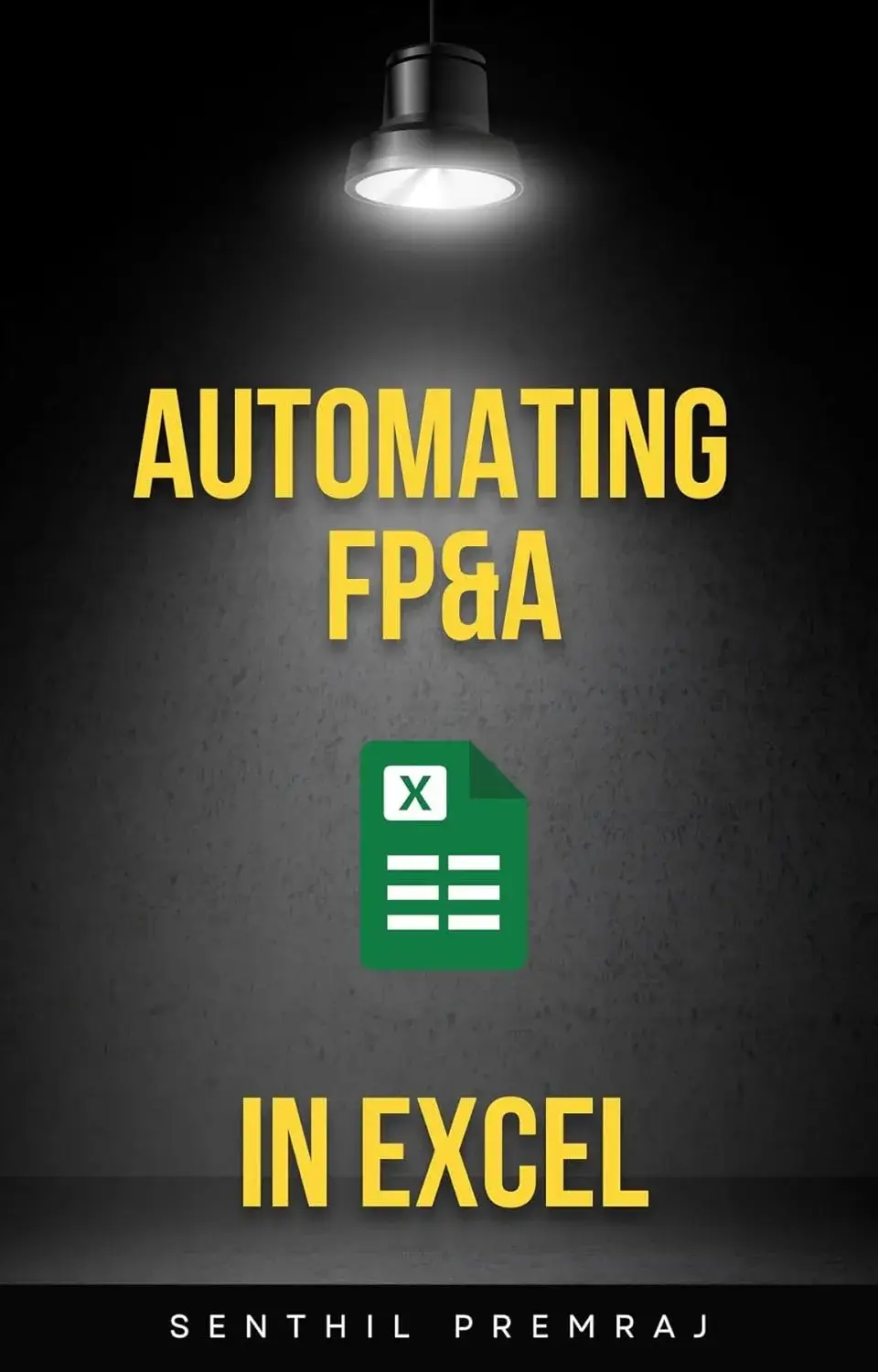As finance teams grow more sophisticated, so do the tools they rely on. Whether you’re building budgets, automating financial reporting, or forecasting the future, tools like Datarails vs Power BI vs PivotXL often come up in the same conversation.
But here’s the catch: while they may seem similar, these platforms are built for very different types of teams and needs.
In this article, we break down the key differences — and why PivotXL might be the smarter, more cost-effective alternative for lean finance teams.
Quick Comparison
| Tool | Best For | Key Strengths | Drawbacks |
|---|---|---|---|
| Power BI | Dashboards, analytics, and KPIs | Data visualizations, data source integration | Not finance-specific, needs setup |
| Datarails | Mid-sized FP&A teams using Excel | Budgeting, forecasting, Excel integration | High cost, DIY setup |
| PivotXL | Lean finance teams needing FP&A automation | Excel-based FP&A, custom scripting, back-end analyst support | Fewer enterprise integrations (by design) |
Power BI: Powerful Dashboards, But Not Built for Finance
Power BI is a business intelligence tool made for data teams — not finance. It’s great for creating dashboards and combining data from various systems like CRMs, ERPs, or databases.
✅ Best for:
- Teams with in-house analysts or data engineers
- Visualizing operational KPIs and trends
- Creating self-serve dashboards for leadership
❌ But not ideal for finance teams:
- No native budgeting or forecasting workflows
- Doesn’t integrate naturally with Excel-based financial models
- Requires technical expertise for setup and maintenance
Datarails: FP&A Automation — at an Enterprise Price
Datarails positions itself as an FP&A automation platform built for teams that still live in Excel. It offers reporting consolidation, version control, and planning workflows — often a step up for teams moving away from manual spreadsheets.
✅ Strengths:
- Syncs with Excel-based budgets and forecasts
- Handles multi-entity consolidation
- Offers scenario planning and some BI-style dashboards
❌ Limitations:
- Starts around $2,000/month and can go up to $10,000/month
- Requires in-house ownership and onboarding
- No included analyst support — you build and manage the logic
Datarails is powerful, but it’s priced and structured for companies that already have internal FP&A capacity.
PivotXL: Everything You Need — Without the Bloat or Price Tag
PivotXL was built to offer similar capabilities to Datarails — but without the enterprise-level cost or complexity. It’s designed for lean finance teams that still rely heavily on Excel but want to automate, scale, and get real support.
✅ Why PivotXL Stands Out:
- Excel-native platform — no need to rebuild your models
- Custom scripting engine — automate complex logic and calculations
- Back-end analyst team included — your reports get done for you
- Much lower cost — plans start at $100/month, scale as needed
- Built for finance teams that don’t have a full FP&A department
Whether you need budgeting, reporting, consolidation, or forecasting, PivotXL gives you Datarails-like features — but with a service-first approach and pricing that fits mid-market budgets.
Check out our product demos to get an idea of what you can accomplish with PivotXL
Review our product documentation and you will find it is substantially different than PowerBI
So, Which Tool Should You Choose?
| Use Case | Best Tool |
|---|---|
| Dashboards from ERP/CRM data | Power BI |
| Automated Excel-based reporting | Datarails or PivotXL |
| Lean team without full FP&A function | PivotXL |
| Complex custom calculations needed | PivotXL |
| You need software + a support team | PivotXL |
Final Thoughts
If you’re evaluating Datarails and wondering whether you need Power BI too, you might be overcomplicating your tech stack. Both tools solve different problems — and neither is built specifically for lean finance teams.
PivotXL bridges that gap.
You get the FP&A features of Datarails, the Excel comfort your team already relies on, and the analyst support to help you scale — all at a fraction of the price.
✅ Try PivotXL — Datarails Power, Without the Datarails Price
See how PivotXL can automate your reporting and forecasting in Excel, with the custom logic and back-end support you need — minus the complexity.



